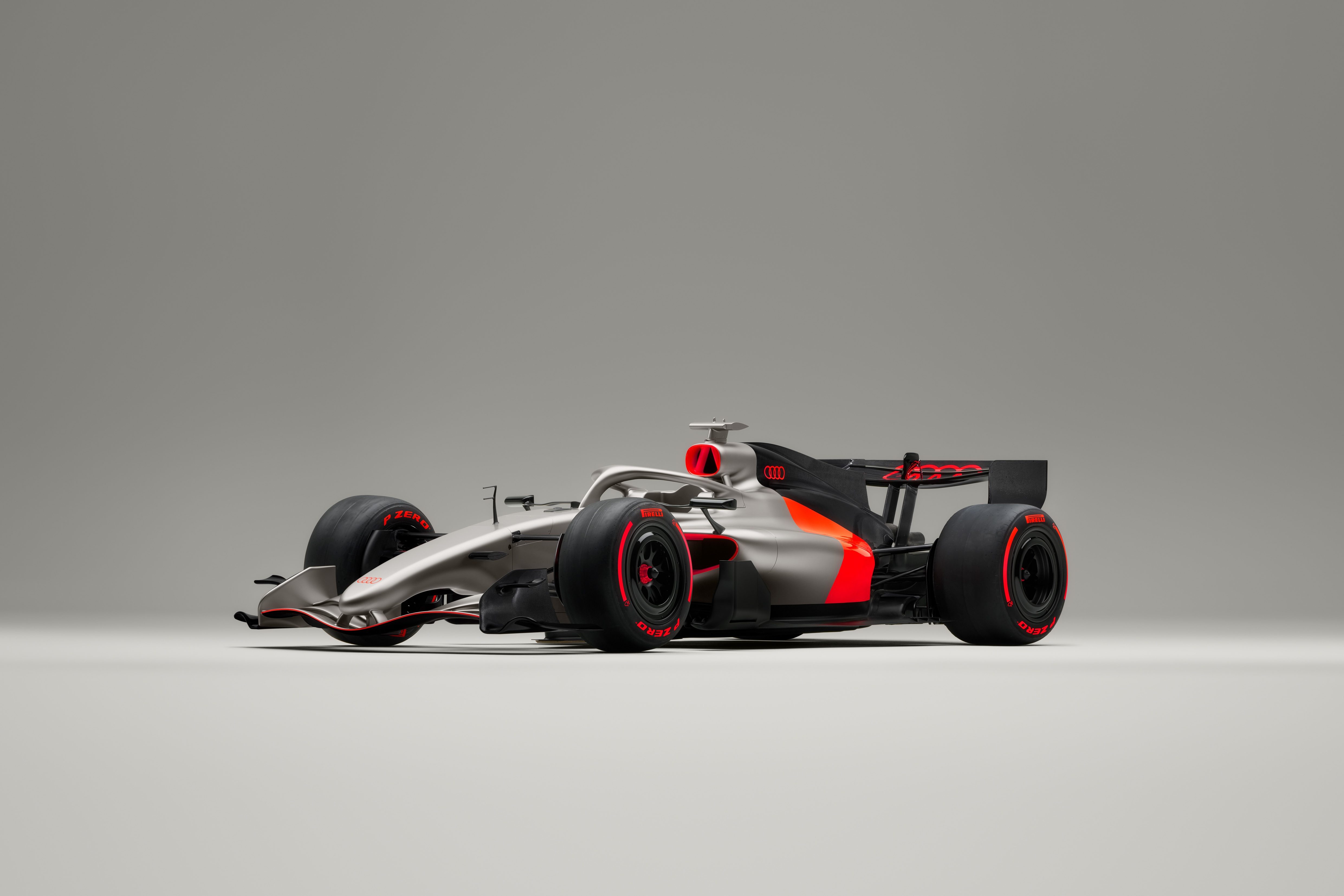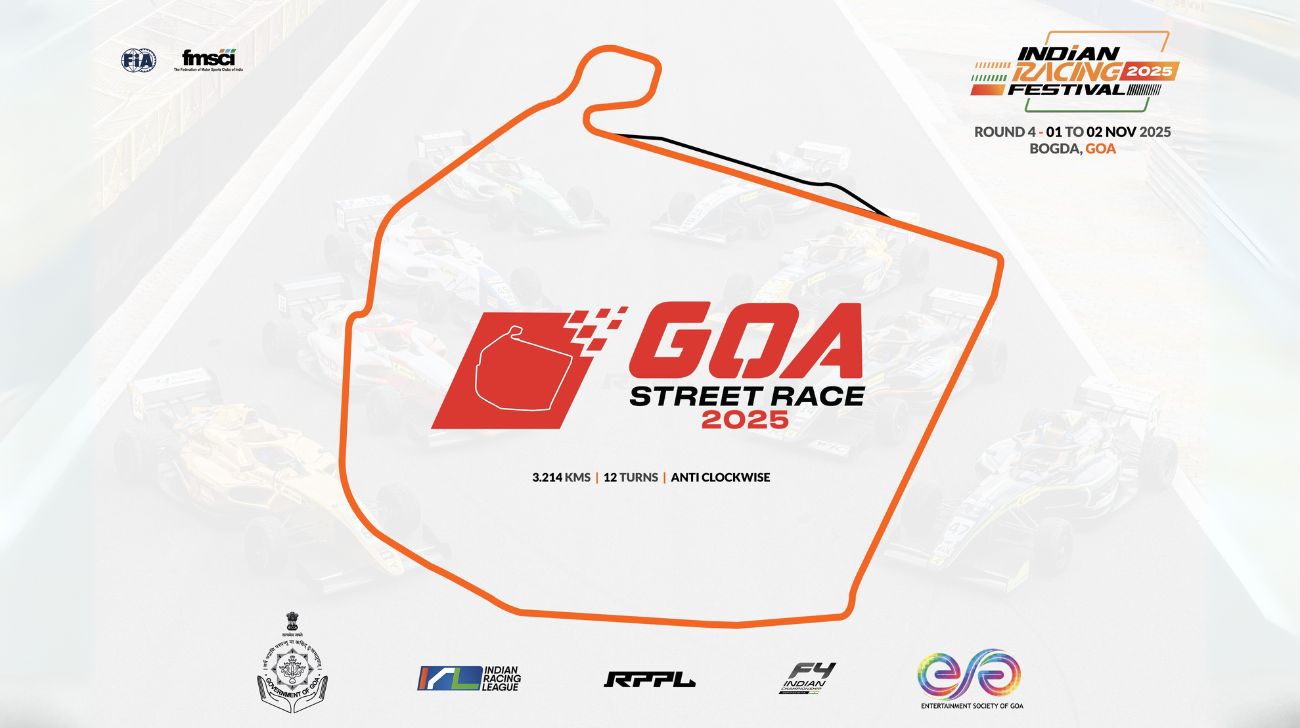Hurray! The new era of celebration of speed is just around the corner, and before we dwell into basking in the glory of F1 motorsport, let’s takes a sneak peek at what’s updated with the new cars that will be seen rushing and racing. Formula 1 has introduced new sets of technological advancements that will make racing more spectacular and sport more egalitarian and sustainable. Here are the top 5 changes you need to perceive that will bring revolution in motorsport.
1) Aerodynamics
 The significant updates to the new F1 cars are being made to make racing more fun and engaging. The car is now more aerodynamically advanced while generating more efficient downforce. Principles of ground-effect is followed, where ineffective downforce is created with two long underfloor tunnels replacing the current stepped floor design. These changes make the car more stable on the track by generating quality downforce. The new front and rear wings are engineered to narrow the airflow rather than send airflow outwards. According to studies, DRS will be less impactful than the outgoing model. More so ever, these changes will also make cars more stable, and wheel-to-wheel racing would be even more spectacular to watch.
The significant updates to the new F1 cars are being made to make racing more fun and engaging. The car is now more aerodynamically advanced while generating more efficient downforce. Principles of ground-effect is followed, where ineffective downforce is created with two long underfloor tunnels replacing the current stepped floor design. These changes make the car more stable on the track by generating quality downforce. The new front and rear wings are engineered to narrow the airflow rather than send airflow outwards. According to studies, DRS will be less impactful than the outgoing model. More so ever, these changes will also make cars more stable, and wheel-to-wheel racing would be even more spectacular to watch.
2) 18-inch low profile tyres
 For the first time in F1 history, cars will run on 18-inch Pirelli tyres. The move from 13-inch tyres to 18-inch tyres will result in better stability, indirectly enhancing closer racing. The low-profile 18-inch tyres will also reduce the sidewall deflection changes. Furthermore, the compounds used to develop Pirelli tyres help reduce the overheating of tyres when they slide.
For the first time in F1 history, cars will run on 18-inch Pirelli tyres. The move from 13-inch tyres to 18-inch tyres will result in better stability, indirectly enhancing closer racing. The low-profile 18-inch tyres will also reduce the sidewall deflection changes. Furthermore, the compounds used to develop Pirelli tyres help reduce the overheating of tyres when they slide.
3) Front and Rear Wings
 The overall philosophy of the new design is to make the car more aerodynamic, which will intensify closer racing. Apart from the aesthetics, the new front wing design facilitates consistent downforce, controlling the front wheel wake.
The overall philosophy of the new design is to make the car more aerodynamic, which will intensify closer racing. Apart from the aesthetics, the new front wing design facilitates consistent downforce, controlling the front wheel wake.  ‘Rolled tips’ is one of the notable features of the rear wings. The overall changes made into the rear wing facilitates rotational airflow that collects rear-wheel wake. All-in-all, these improvements reduce the ‘dirty-air’ coming from the F1 cars, which creates a hurdle for the car following.
‘Rolled tips’ is one of the notable features of the rear wings. The overall changes made into the rear wing facilitates rotational airflow that collects rear-wheel wake. All-in-all, these improvements reduce the ‘dirty-air’ coming from the F1 cars, which creates a hurdle for the car following.
4) Safety
 I hope you remember the massive crash of Romain Grosjean at the 2020 Bahrain Grand Prix. That was freaking deadly. So, the 2022 F1 cars are designed to such a degree that the power unit separates from the chassis without even exposing to the fuel tank. According to The FIA investigation report, Formula 2 racer Anthoine Hubert’s fatal accident at Spa in 2019 was also taken into consideration. A longer nose section is designed to help dissipate energy in a crash, together with stronger chassis sides to resist T-bone incidents.
I hope you remember the massive crash of Romain Grosjean at the 2020 Bahrain Grand Prix. That was freaking deadly. So, the 2022 F1 cars are designed to such a degree that the power unit separates from the chassis without even exposing to the fuel tank. According to The FIA investigation report, Formula 2 racer Anthoine Hubert’s fatal accident at Spa in 2019 was also taken into consideration. A longer nose section is designed to help dissipate energy in a crash, together with stronger chassis sides to resist T-bone incidents.
5) Sustainable Fuel
 The amount of fuel consumed during the race or during the testing is stratospheric, and F1 is trying to reduce its carbon footprint by introducing a bio-component fuel ratio of 10 per cent instead of 5.75 per cent. E10 fuel will be now used in 2022 F1 cars, where ‘E’ stands for ethanol and 10 refers to its percentage of ethanol with gasoline as an automotive fuel.
The amount of fuel consumed during the race or during the testing is stratospheric, and F1 is trying to reduce its carbon footprint by introducing a bio-component fuel ratio of 10 per cent instead of 5.75 per cent. E10 fuel will be now used in 2022 F1 cars, where ‘E’ stands for ethanol and 10 refers to its percentage of ethanol with gasoline as an automotive fuel.




